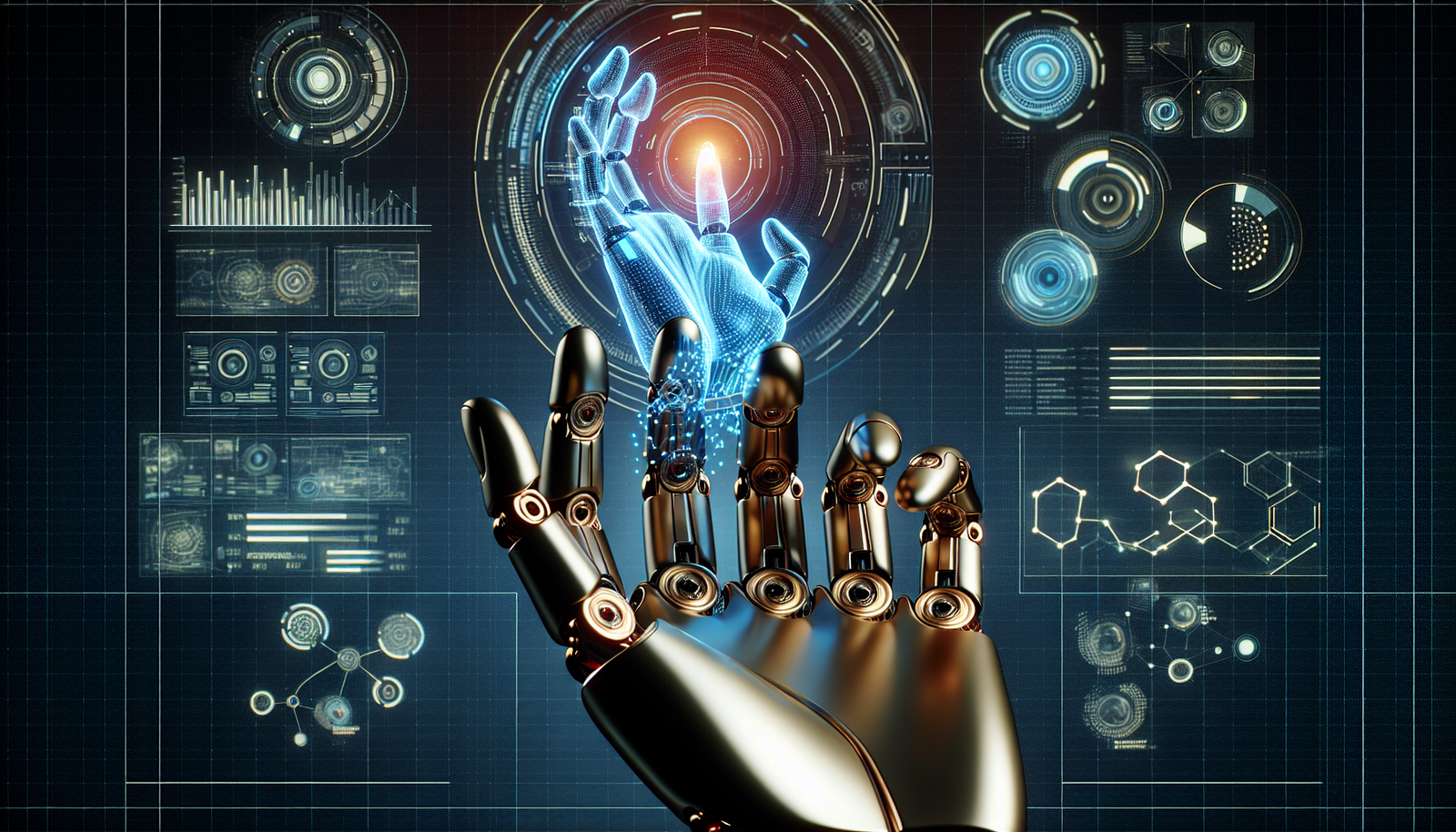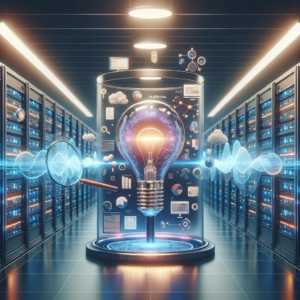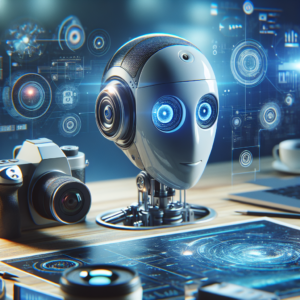Have you ever wondered how machine learning is continuously transforming our lives? From our daily interactions with technology to its applications in industries, machine learning (ML) seems to be everywhere. I can’t help but feel excited about the future of this field, and I’m eager to share what I’ve gathered about its potential and implications.
Understanding Machine Learning
At its core, machine learning is a subset of artificial intelligence that focuses on building systems that learn from data. Instead of being explicitly programmed to perform a task, these systems can autonomously improve their performance as they are exposed to more data.
The Basics of Machine Learning
I think it’s essential to start with the fundamental concepts that underpin machine learning. Typically, machine learning algorithms can be categorized into a few types based on how they learn from data:
-
Supervised Learning: This is where I, as a developer or data scientist, feed the algorithm labeled training data, meaning that the input data is paired with the correct output. The model learns to map inputs to outputs, which it applies when making predictions on new, unseen data.
-
Unsupervised Learning: In contrast, unsupervised learning involves training the model on data with no labeled responses. Here, the algorithm must identify patterns or structures within the data on its own, which often leads to tasks like clustering.
-
Reinforcement Learning: This approach is fascinating because it mimics how I might learn through trial and error. In reinforcement learning, an agent learns to make decisions by performing actions in an environment to maximize some notion of cumulative reward.
Real-World Applications of Machine Learning
I’ve been amazed by the variety of ways machine learning is utilized across different industries. Whether it’s in healthcare diagnostics, financial predictions, or enhancing user experiences in e-commerce, ML is at the forefront of innovation. Let’s break down a few applications:
| Industry | Application | Description |
|---|---|---|
| Healthcare | Disease Prediction | ML algorithms analyze patient data to predict diseases and recommend treatments. |
| Finance | Credit Scoring | Financial institutions use ML to assess creditworthiness by analyzing transaction patterns. |
| Retail | Personalized Recommendations | E-commerce platforms recommend products to users based on their browsing and purchasing history. |
| Transportation | Autonomous Vehicles | Self-driving cars utilize ML to interpret data from their surroundings to navigate effectively. |
| Agriculture | Crop Monitoring and Yield Prediction | ML helps farmers predict crop yields and detect diseases through data analysis from UAVs and sensors. |
These examples merely scratch the surface, but they illustrate how integral machine learning is becoming in our everyday lives.
The Future of Machine Learning
So, what lies ahead for machine learning? I believe there are several trends and developments on the horizon that will shape its future significantly.
Increased Automation
One of the most noticeable trends I foresee is an increase in automation across various tasks and industries. As machine learning models become more sophisticated and capable of handling more complex tasks, there’s a strong likelihood that businesses will further integrate these technologies into their operations.
Benefits of Increased Automation
Some advantages I see with increased automation include:
- Efficiency: ML can analyze massive datasets faster and more accurately than humans, freeing up time for more strategic decision-making.
- Cost Reduction: By automating routine tasks, companies can significantly reduce labor costs associated with these processes.
- Improved Accuracy: Reduced human error can lead to higher accuracy levels in predictions and decisions.
Enhanced Data Privacy and Security
With the rise of machine learning applications, I believe there will be an increased focus on data privacy and security. As we become more aware of the importance of protecting personal information, more robust regulations and technologies will emerge.
Solutions to Address Concerns
To enhance data privacy, we might witness the implementation of solutions such as:
- Federated Learning: This approach allows algorithms to learn collaboratively from decentralized data sources without compromising privacy.
- Differential Privacy: Adding noise to data sets can help protect individual privacy while still enabling meaningful data analysis.
The Rise of Explainable AI
As I delve deeper into machine learning, it becomes evident that understanding how algorithms arrive at their decisions is paramount, especially in critical fields such as healthcare and finance. This is where explainable AI (XAI) comes into play.
Importance of Explainable AI
- Trust: Users are more likely to embrace ML solutions if they understand the reasoning behind AI decisions.
- Accountability: Explainability can help identify biases within models, essential for ethical applications of machine learning.
I anticipate that future advancements will include greater emphasis on building transparent models that allow users to understand the underlying processes.
The Role of Deep Learning
Deep learning, a specialized subset of machine learning, uses neural networks to interpret data. The architecture resembles how human brains work, allowing for sophisticated analyses of large amounts of data.
Advancements in Deep Learning
As I look to the future, I wonder how advancements in deep learning will continue to shape the landscape:
- Natural Language Processing: Future applications of deep learning in NLP will improve human-computer interactions, making them more seamless and intuitive.
- Computer Vision: Enhanced image recognition capabilities will allow machines to understand visual data in ways we never thought possible.
Impact on Various Domains
The implications of deep learning are vast, and I can see it benefitting fields such as:
- Healthcare: Improving diagnostic imaging techniques and analyzing genomics.
- Finance: Enhancing fraud detection mechanisms by identifying unusual transaction patterns.
As deep learning grows, I can only imagine the innovations that may come from it.
Challenges and Ethical Considerations
While machine learning holds significant potential, I understand there are challenges and ethical considerations that we must address as this field evolves.
Bias in Machine Learning Models
It deeply concerns me that bias can inadvertently seep into machine learning models, leading to unfair outcomes. Bias can occur during data collection and modeling, resulting in systems that may favor one demographic over another.
Addressing Bias
To combat this issue, I believe that developers and data scientists should:
- Ensure Diverse Training Data: Including diverse datasets in the training process can help build more balanced models.
- Conduct Regular Audits: Regular assessments of machine learning outcomes will ensure they meet fairness standards.
Job Displacement
One of the more pressing concerns that I contemplate is the job displacement caused by automation and machine learning technologies. Industry disruption can lead to significant shifts in the workforce, requiring adaptation and reskilling.
Solutions for Workforce Development
To address potential job displacement, we could:
- Focus on Reskilling Programs: Investing in comprehensive training programs will prepare the existing workforce for evolving job roles.
- Encourage Lifelong Learning: Fostering a culture of continuous learning can help individuals stay relevant in a changing job landscape.
Conclusion: Embracing the Future
As I think about the future of machine learning, I find it thrilling yet challenging. The endless possibilities and innovations are exhilarating, but they come with responsibilities and ethical implications that we must navigate.
I’m optimistic about the advancements we’ll witness and hopeful that we can harness the power of machine learning in ways that benefit society. By prioritizing transparency, fairness, and security, I believe we can shape a future where machine learning works harmoniously alongside human intelligence.
In this journey, I look forward to keeping up with the developments in machine learning, sharing insights, and engaging with those who care about the future of technology as much as I do. The horizon is bright, and I’m excited to see where it leads us!






